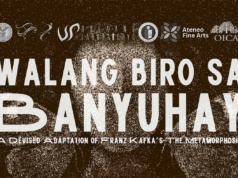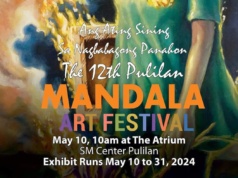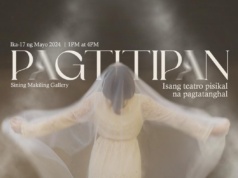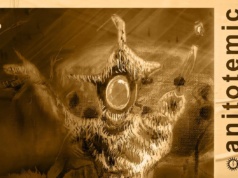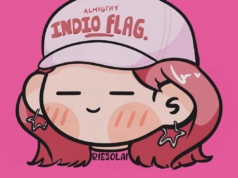
The turn of the 20th Century was a period of major transition in the history of the Philippines. It was the era of American colonization, the establishment of the University of the Philippines, and the beginning of Modern Philippine Art. It was during this time that the 13 Moderns emerged, with artists such as Fernando Amorsolo, Carlos “Botong” Francisco, and Victorio Edades gaining prominence. They began to revolutionize a new art movement that allowed more freedom in terms of style and expression. Such change opened an opportunity to visualize scenes common to the Filipino – agricultural and rural societies.
It was also during this epoch when the discipline of Agricultural Economics was born in the Philippines and Asia through the pioneering efforts of the University of the Philippines’ College of Agriculture (UPCA). In 1919, UPCA established the then Department of Rural Economics, which was renamed Department of Agricultural Economics in 1936, and as Department of Agricultural and Applied Economics in 2015. The Department celebrates its centenary this year with an art exhibit, which pays homage to the sector that started it all: agriculture.
Welcome to August Rush, an exhibit featuring works of diverse artistic mediums, styles, and techniques: Karla Sajona-Sta. Cruz’s meticulous watercolor rendering of poultry species; the Blanco (Glenn, Gem, and Deo) family’s portrayals of modern rural life expressed in oil; Jowee Aguinaldo and Antonio Jesus Quilloy’s modern interpretations of farm scenes rendered in acrylic; Sarah Cueno’s existentialist approach to the relationship of the human soul to agriculture; Bing Famoso Tac-an’s bright and bold brush strokes forming into abstract realistic depictions of crops; and Aaron Sta. Cruz and Quilloy’s clay renditions of the playfulness and tranquility of farm life.
This exhibit affords us a glimpse of how spectacular the agriculture sector is. Despite the downward trajectory of its economic performance in the Philippines and the Asian Region, the sector maintains its economic and social significance — being the main livelihood in the countryside; a major supplier of food and raw materials in both rural and urban societies; and an important ally in natural resource conservation. The sector, despite the changing times, remains a wellspring of inspiration for Filipino artists.






